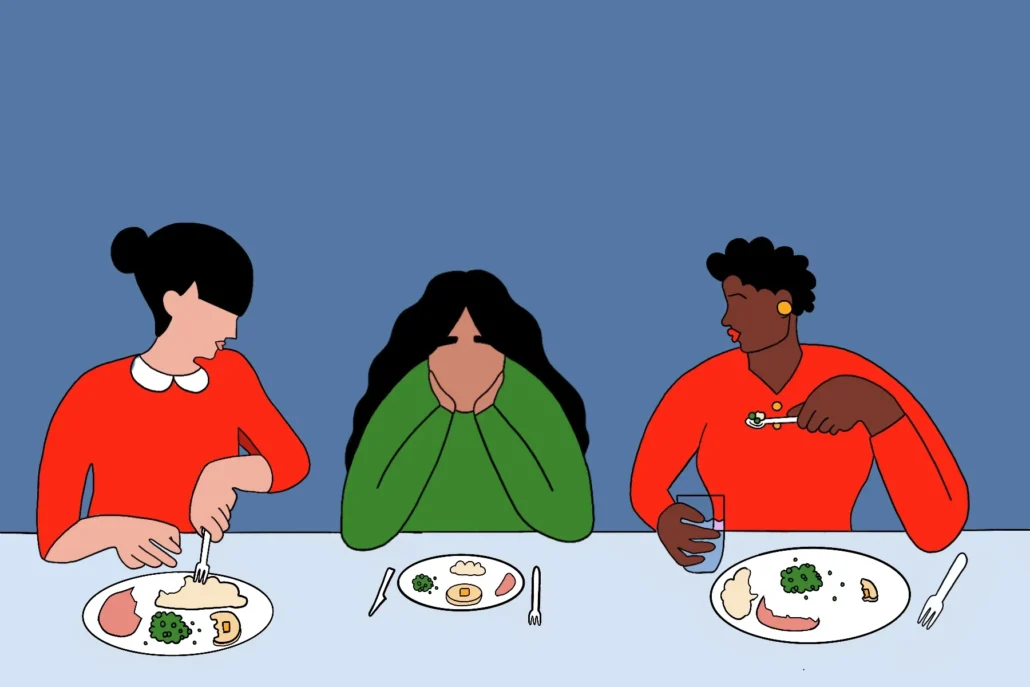Eating Disorders
Eating disorders cause increased concerns about weight gain, thus impairing psychological functioning and physical health. Anorexia nervosa, bulimia nervosa, binge eating disorder, pica, and rumination are common eating disorders as classified by DSM-5. The disorders ought to remain appropriately diagnosed and treated to decrease high morbidity and mortality rates. The DSM-5 Criteria One provides the guideline for diagnosing and classifying eating disorders.

First, Criterion A entails restricting energy intake relative to the body’s requirements, thus causing a low body weight less than normal/expectation in context with a person’s age, sex, developmental stage, and physical fitness (Substance Abuse and Mental Health Services Administration, 2019). Secondly, Criterion B marks the immense feat of gaining weight or behaviors interfering with weight gain. Furthermore, In Criterion C, an individual’s self-worth is influenced by body weight or shape. Notably, a restrictive type is marked by a person not engaging in binge eating for the last three months, while a binge-eating type is characterized by purging in the previous three months.
Psychotherapy is the first line of evidence-based intervention for eating disorders. It comprises cognitive behavioral therapy, interpersonal psychotherapy, and dialectal behavioral therapy (Iqbal & Rehman, 2022). In CBT, a self-help program assists the patient in creating a regular eating pattern, monitoring eating habits, and learning self-control and problem-solving skills (Eating Disorders).
Interpersonal psychotherapy is combined with CBT when the patient has interpersonal problems such as low self-esteem. The treatment focuses on the interpersonal area related to the eating disorder and on constructive and experimentation changes directed to improve the problematic regions. On the other hand, dialectal behavioral therapy offers health promotion on watchful eating, emotional balance, tolerance, and relapse prevention.
The patients remain educated on skills to manage problematic behavior linked to emotional dysregulation. By so doing, the patients balance dichotomous thinking, feelings, and behavior. To sum up, obesity and weight loss management is crucial in treating patients with eating disorders.
References
Iqbal A. & Rehman A. (2022). Binge Eating Disorder. In: StatPearls [Internet]. Treasure Island (FL): StatPearls Publishing; 2023 Jan-. Available from: https://www.ncbi.nlm.nih.gov/books/NBK551700/
Substance Abuse and Mental Health Services Administration. (2019).DSM-5 Changes: Implications for Child Serious Emotional Disturbance [Internet]. Rockville (MD): Substance Abuse and Mental Health Services Administration (US); DSM-IV to DSM-5 Anorexia Nervosa Comparison. Available from: https://www.ncbi.nlm.nih.gov/books/NBK519712/table/ch3.t15/
